Official Home of Disc Pong
what is disc pong?
Disc Pong is a fast-paced 1 vs 1 sport that combines elements of tennis and ultimate frisbee. Started in Las Vegas, Nevada in 2023, Disc Pong is a quickly evolving sport that aims to push boundaries and focus on community feedback to develop a game that's by everyone, for everyone.
that sounds cool and i'm awesome. how do I get started?
For the time being, the rules of Disc Pong are specifically crafted to lower the barrier of entry. There's no expensive equipment or setup to worry about. If you have an Ultimate Frisbee, and there's a tennis court nearby, you're good to go!
You can check the rules here, and we will hopefully have a demonstration video up soon to show the flow of the game. Standard play utilizes a catch timer (found at this timer page), but you can play just fine without it as long as both players remain honest and keep track of how long they hold onto the disc.
i'm starting to get good. can i go pro?
Not yet... We're still working on expanding our reach and spreading the love of hucking plastic discs across the concrete, so there aren't any pro leagues yet. That being said, for players near the Las Vegas, Nevada area, we are planning on hosting a lot of tournaments in the coming months. If you'd like to start tournaments in your own area of the world, that's great! Be sure to reach out to us so we can give you any help you might need, and we'd love to see pictures and videos of your event to share with the community! You can find our contact on the contact page.
